The “earthquake bomb,” or seismic bomb, is a unique type of weapon developed during World War II, primarily by British engineer Barnes Wallis. Unlike standard bombs, which explode on or near the surface, earthquake bombs are designed to penetrate deep underground and create shockwaves that can cause significant destruction far from the explosion site. Let’s break down the concept further.
How Earthquake Bombs Work
Imagine throwing a heavy rock into a pond. The rock will cause ripples in the water, spreading far away from where it splashed. An earthquake bomb works similarly, but instead of creating ripples in water, it generates shockwaves through the ground. The key features of this bomb include:
- High-Speed Impact: These bombs are dropped from high altitudes, allowing them to gain high speeds. Upon hitting the ground, they penetrate deep into the earth, much like a bullet would.
- Delayed Detonation: After burying itself underground, the bomb detonates. This explosion creates a large cavity underground, which then collapses. This collapse causes the surrounding ground to shift, resulting in structural damage to nearby buildings, even if they weren’t hit directly by the bomb.
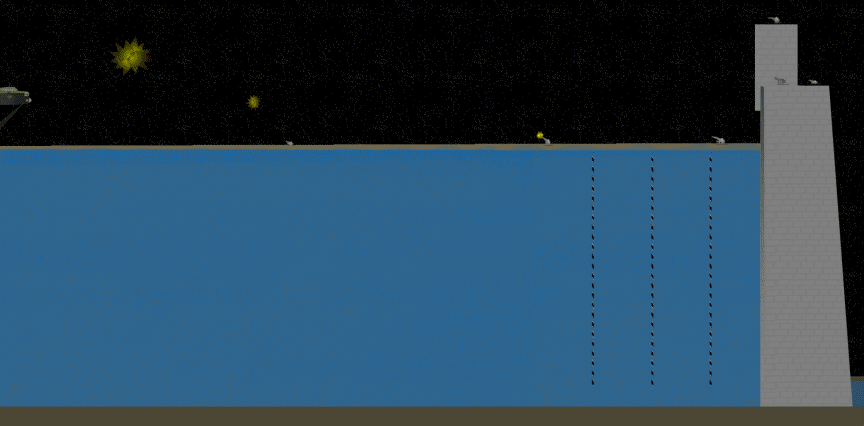
Historical Usage
Earthquake bombs were used towards the end of World War II against heavily fortified targets, such as:
- Submarine Pens: These structures were often reinforced with thick concrete, making them tough to destroy with regular bombs.
- Bridges and Tunnels: By targeting foundational structures, these bombs could disrupt vital transportation routes used by the enemy.
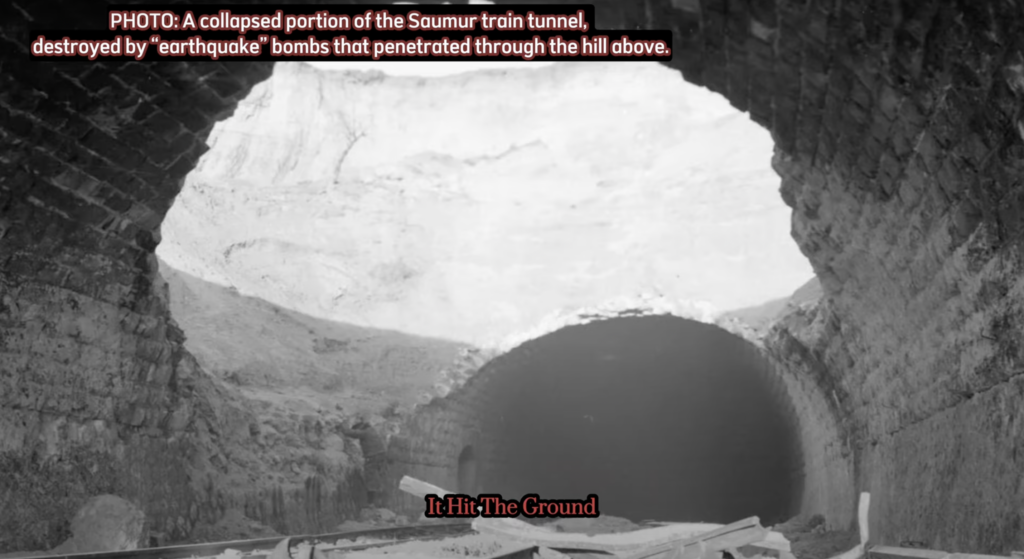

For instance, the RAF successfully used earthquake bombs like the “Tallboy” and “Grand Slam” to target German infrastructure, such as V-1 and V-2 missile launch sites. One notable operation occurred shortly after D-Day when the Tallboy bomb was dropped on a tunnel used by German trains, ensuring that the railway route remained unusable.
- Tallboy: Introduced in 1944, the Tallboy was a 12,000-pound (5,400 kg) bomb designed to penetrate concrete and earth. It was used effectively against U-boat pens, V-weapon sites, and other hardened targets. One of its most famous uses was in sinking the German battleship Tirpitz.
- Grand Slam: An even larger version, the Grand Slam, weighed 22,000 pounds (10,000 kg) and was introduced in 1945. It was capable of penetrating even deeper and causing more extensive seismic damage. It was used against railway viaducts and other heavily fortified targets.
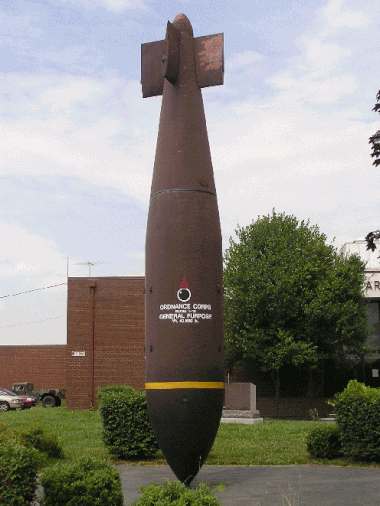
maker seismic bomb
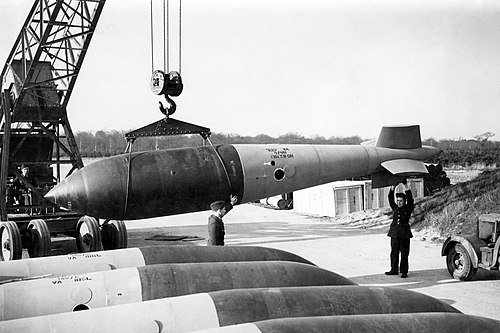
The Science Behind It
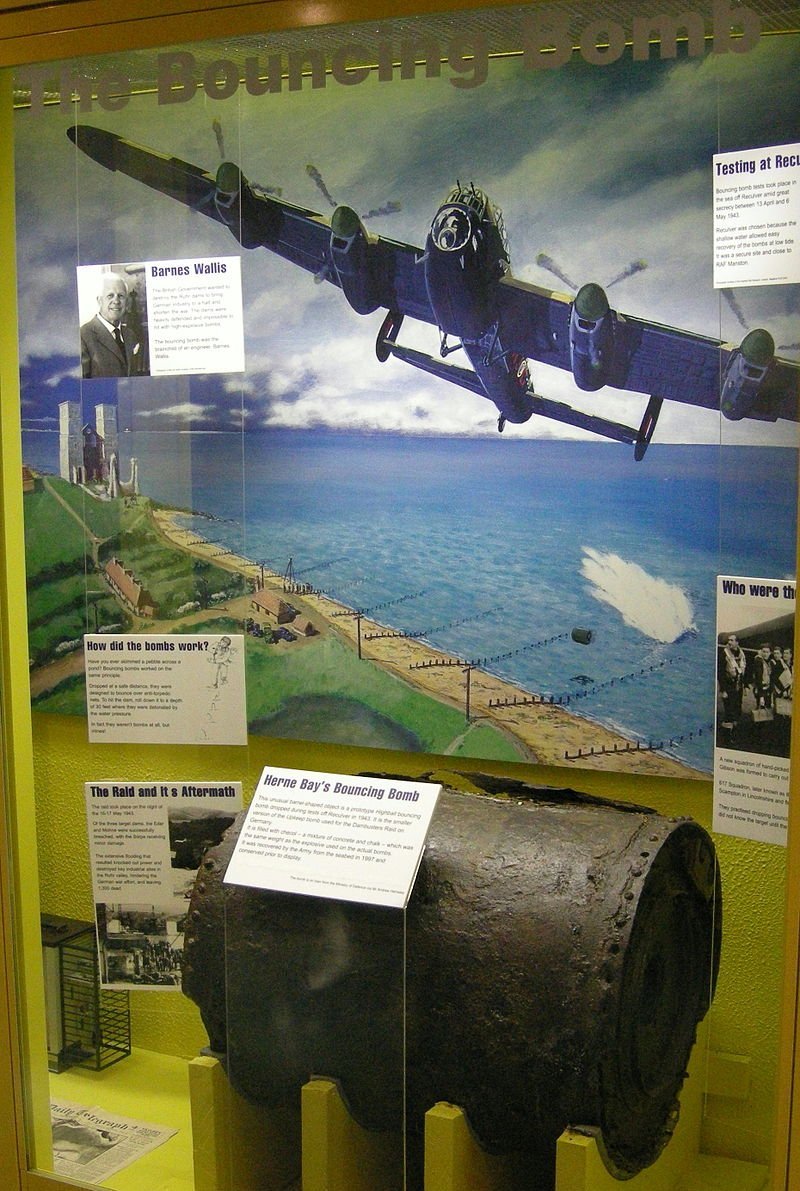
On August 11, 1942, Barnes Wallis received a patent for his ‘bouncing bomb’, which was effectively used to destroy German dams during World War II. The ‘Dam Busters’ practiced their strategies at the Derwent Dam in Derbyshire, Chesil Beach, and Reculver, near Herne Bay in north Kent, England.

The English engineer Barnes-Wallis was the pioneer behind the first such bomb.
In the wake of the Second World War’s outbreak in 1939, Wallis identified strategic bombing as a key tactic to dismantle the enemy’s ability to wage war, leading him to author a paper titled “A Note on a Method of Attacking the Axis Powers” that discussed the bouncing bomb’s principles.
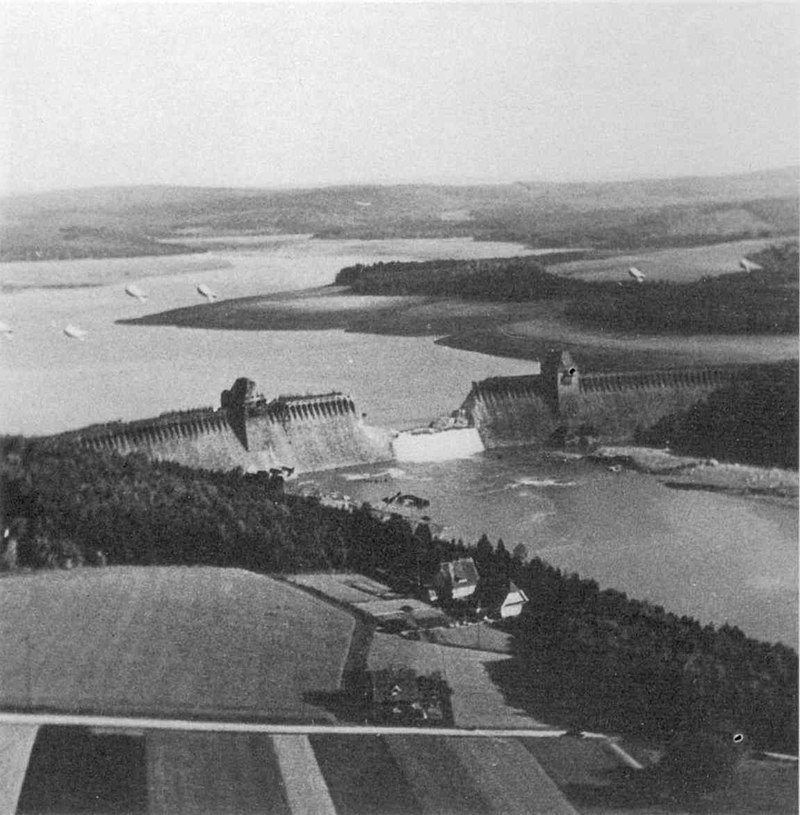
Barnes-Wallis’s concept hinged on scientific principles regarding energy transfer:
- Shockwaves: Traditional explosions mostly affect nearby areas and can be absorbed by different materials. However, by detonating underground, the explosive energy is more effectively channeled through solid materials, enhancing destructive capacity.
- Cavern Collapse: The initial explosion creates an underground void that, when it collapses, shifts the ground significantly, leading to severe damage to any structure above.
Modern Developments
After World War II, interest in developing similar technologies continued, especially during the Gulf War. The U.S. created the GBU-28, a bomb designed to penetrate deeply into underground bunkers, showing that the principles of the earthquake bomb remain relevant. Nowadays, advanced versions like the Massive Ordnance Penetrator further develop these ideas by targeting deeply buried structures without using nuclear capabilities.
Sputnik 2.0? Oreshnik and the Western Military Capabilities Gap
- Oreshnik Missile Capabilities: The newly developed Oreshnik missile features hypersonic speeds (Mach 10+) and can deliver multiple warheads, which reportedly achieves a superior destructive capability through kinetic energy rather than explosive payloads.
- Weapon Impact and Effectiveness: The Oreshnik missile’s ability to strike deep within infrastructure, like the Yuzhmash plant, showcases its potential to overcome traditional defenses and represents a significant advancement in warfare technology, likened to a “mini earthquake” upon impact.
The destruction of underground objects occurs when the object is within the fracture zone.

- U.S. Military Response: The analysis suggests that the U.S. and NATO have not effectively adapted to modern warfare dynamics, potentially misjudging Russia’s capabilities and relying on outdated military strategies that may lead to severe consequences.
- Strategic Implications: The effectiveness of Oreshnik-type weapons poses a strategic challenge for Western forces, likely diminishing the perceived efficacy of current air defense systems and necessitating a reassessment of military doctrines in the face of evolving threats.
- International Military Landscape: Analysts warn that the West is operating under a misunderstanding of Russian military strategies and capacities, leading to unpreparedness for potential direct confrontations and a reliance on outdated military technology and concepts.
New footage reveals multiple Oreshnik missile strikes in Ukraine from an alternate angle.
— X Headlines (@XHeadlinec) November 23, 2024
Earlier, President Putin announced plans for mass production of the advanced ‘Hazel’ missile systems.#RussiaUkraineWar #MissileStrike #Oreshnik #MilitaryUpdate #Putin pic.twitter.com/z3ZZZUJeOb
- Escalating Tensions with Russia: Analysts highlight growing concerns that the situation with Russia is escalating toward potential nuclear conflict, as stated by military experts.
- Oreshnik Weapon Significance: The discussion surrounding Russia’s recent Oreshnik weapon underscores its potential impact on global military dynamics, drawing parallels to historical events like the Soviet Sputnik launch.
- Response and Countermeasures: The U.S. and NATO appear unprepared to counter developments in Russian missile technology, raising alarms about strategic vulnerabilities.
- Military Infrastructure Damage: The potential destruction of Ukraine’s Yuzhmash plant indicates a significant shift in Russia’s operational strategy, aiming to cause maximum disruption.
- Shift in Conventional vs. Nuclear Strategy: Current military analysis reveals a recognition of Russia’s conventional superiority, urging NATO to reassess its reliance on nuclear deterrence strategies in light of evolving threats.
Ref:
- Barnes Wallis’s Earthquake Bombs. [ https://www.iwm.org.uk/history/barnes-walliss-earthquake-bombs]
- GBU-28 Bunker Buster. [https://fas.org/man/dod-101/sys/smart/gbu-28.htm]
- Massive Ordnance Penetrator (MOP). [ https://www.boeing.com/defense/weapons/massive-ordnance-penetrator.page]
- The Tallboy and Grand Slam Bombs. [ https://www.rafmuseum.org.uk/research/online-exhibitions/the-dambusters/the-tallboy-and-grand-slam-bombs.aspx]
- GBU-57 Massive Ordnance Penetrator (MOP). [ https://www.af.mil/About-Us/Fact-Sheets/Display/Article/104571/gbu-57-massive-ordnance-penetrator-mop/]
- https://www.nakedcapitalism.com/2024/11/sputnik-2-0-oreshnik-and-the-western-military-capabilities-gap.html
- https://www.facebook.com/groups/1613657848871679/posts/3556821277888650/
- Wikipedia
Also Read:
